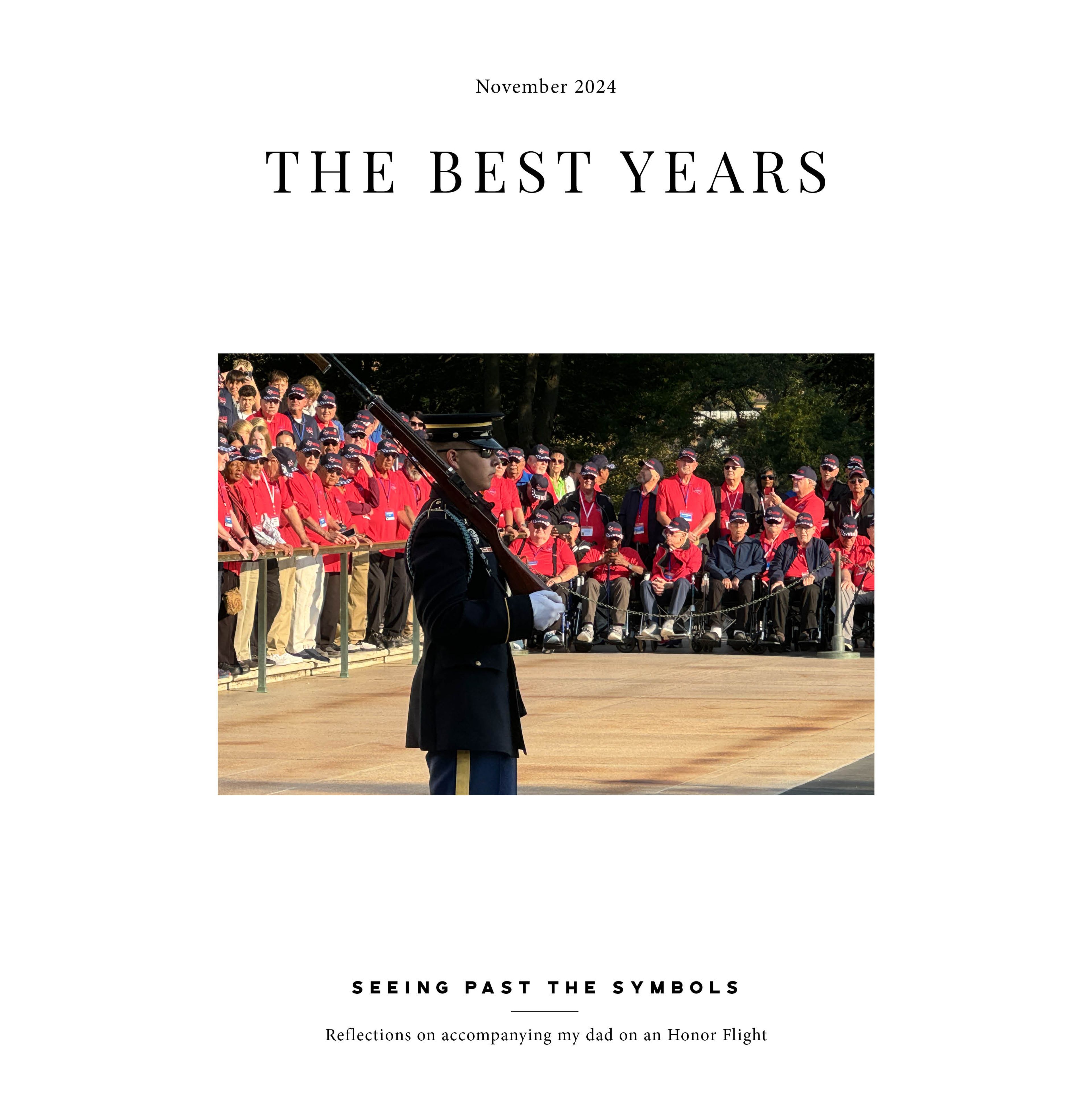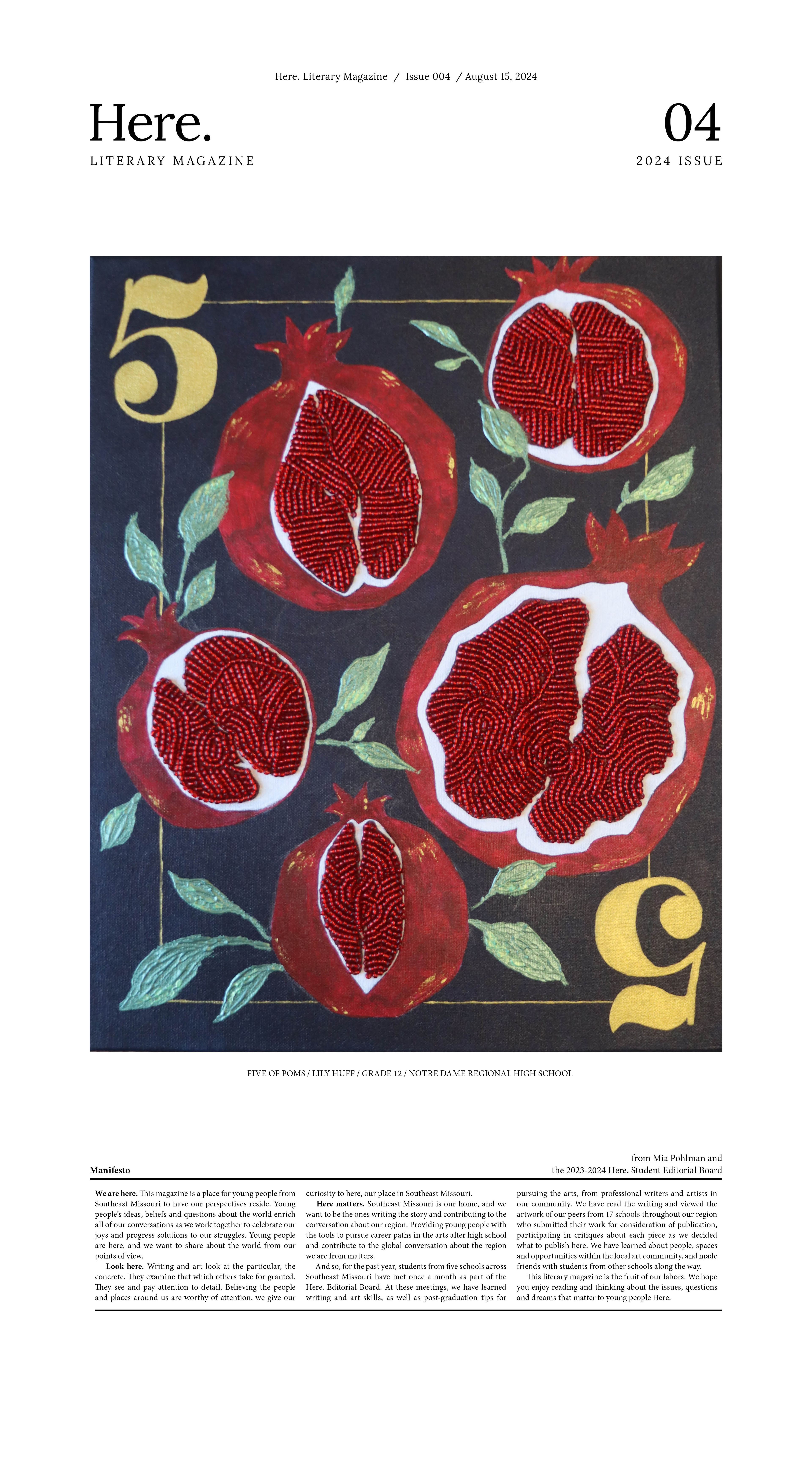
NewsJanuary 23
Gun Violence Task Force gives recommendations to Cape City Council, highlights j...Gun Violence Task Force gives recommendations to Cape City Council, highlights juvenile gun law, police resourcesThe Gun Violence Task Force presented its findings to the Cape Girardeau City Council, recommending more resources for law enforcement, stricter nuisance policy enforcement and juvenile justice reform...NewsJan. 22
Boil-water advisory issued for properties near I-55, Kingshighway intersectionA precautionary boil-water advisory is in effect for 44 properties near I-55 and Kingshighway in Cape Girardeau because of a failed booster pump causing low water pressure. Water test results are expected by Jan. 24.Top Stories
BusinessJanuary 22
Netflix and AI excitement have Wall Street flirting with an all-time highTech stocks like Netflix and Oracle are boosting U.S. indexes as AI excitement grows, with the S&P 500 nearing a record high. Netflix's subscriber surge and Oracle's AI ventures are key drivers.STAN CHOE, Associated Press
NewsJanuary 22
Local pastor, son share unforgettable experience at Trump's inauguration Pastor Timothy Lee and his son, Montgomery, shared a memorable experience at Trump's inauguration, braving the cold to witness the event. They explored Washington, D.C., and were impressed by the atmosphere and security.CommunityJanuary 21
Discover hidden gems with James Baughn’s ‘Pavement Ends’ memorial book releaseJames Baughn's legacy lives on with the release of "Pavement Ends", a book capturing his adventures in Southeast Missouri. Created as a memorial, it offers a guide to the region's hidden gems and history.WorldJanuary 22
Trump defends pardons for rioters and suggests Proud Boys could have place in politicsDonald Trump defends his pardons for Capitol rioters and hints at a political role for the Proud Boys. He dismantles DEI initiatives, fires key figures and launches a major AI investment project.MICHELLE L. PRICE and ZEKE MILLER, Associated Press
Advertisement
Trending Stories
ObituariesJan. 17
News
Advertisement
Media Gallery
Receive Daily Headlines FREESign up today!
Sports
Editorial
Advertisement
Health
HealthJan. 17
Food
Advertisement
Receive Daily Headlines FREESign up today!

















































